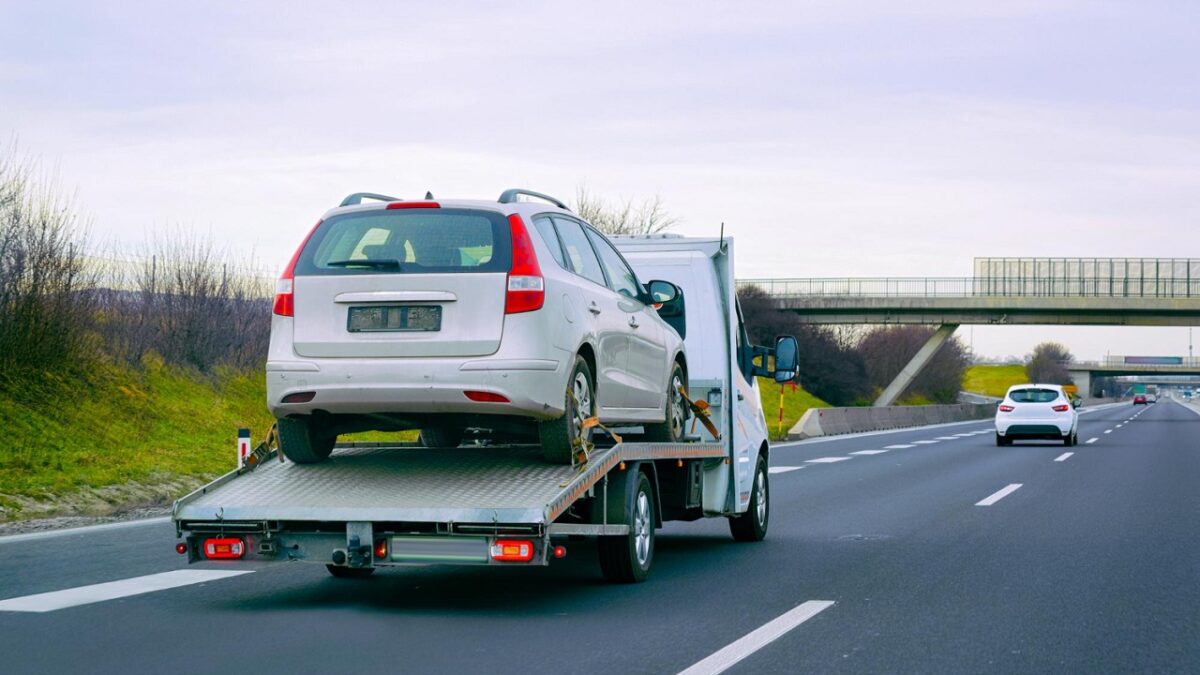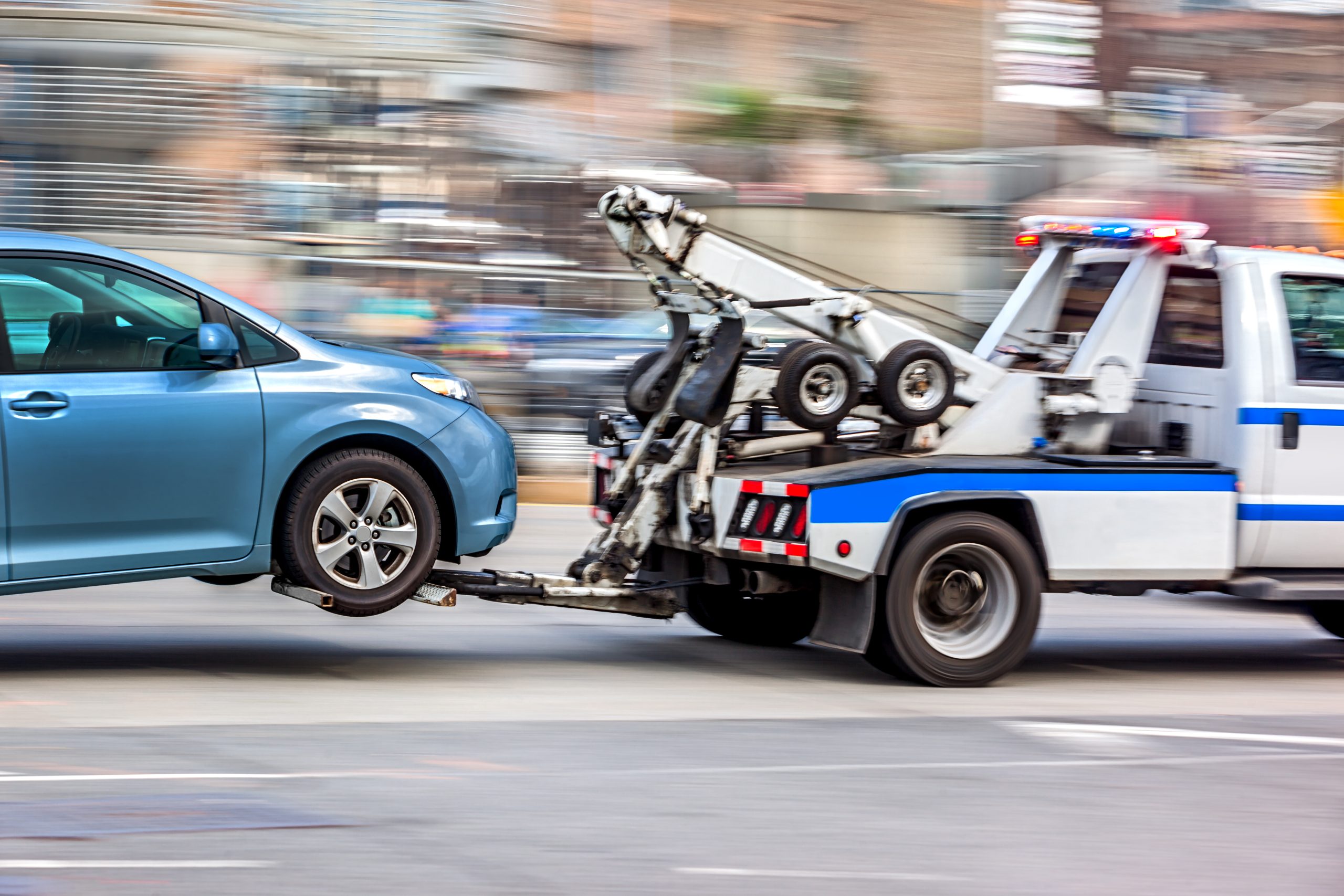Even the most careful drivers can run into minor driving issues. From a flat tire to running out of gas, these problems often happen at the most inconvenient times.
Emergency Roadside Services can help get you out of these situations. It’s available through membership organizations like AAA, auto insurance companies and car manufacturer plans.
Flat Tire
A flat tire is a driver’s worst nightmare. It’s a huge disruption to traffic and, in many cases, can jeopardize the driver’s safety. Whether on a paved road or off-road, if your steering wheel suddenly starts to wobble or you hear a thudding noise beneath your vehicle, it’s best to slow down gradually and find a safe place to pull off the road.
Turn on your hazard lights and make sure that you are several feet away from moving traffic before attempting to change your tire. It’s also a good idea to keep a spare tire in your car, as well as a set of tools like a jack and lug wrench in case you need them.
If your tire is flat and you have a temporary spare, you may be able to drive (slowly) to a service station for assistance. However, you should check the air pressure in your spare to ensure that it is properly inflated.
Lockout
Car lockouts are one of the most common and frustrating roadside issues. Fortunately, many insurance providers offer vehicle lockout assistance as an optional policy. For example, Erie Insurance covers vehicle lockouts with its roadside assistance service, requiring a minimum premium of $10 per year.
Workplace lockout/tagout procedures are much more than just putting a lock on a switch. They involve comprehensive step-by-step processes that require communication, coordination and training. The authorized person must identify the machine, equipment or process that requires lockout, what sources of energy are present and need to be controlled, and how long the system will be locked out.
In general, a lockout is designed to prevent an unauthorized employee from restarting or reenergizing machines. However, there are some exceptions that must be accounted for in the procedures. For example, the incoming shift may accept control of a system during a lockout as long as the authorized employee ensures that no energy is released.
Fuel Delivery
If you have a car or truck that needs roadside assistance, you may be able to get it for free. Many credit cards offer complimentary roadside service with certain limits, but this is not a comprehensive program and should only be used as a supplement to your auto insurance policy.
Getting back on the road is as easy as a tap on the GEICO Mobile app. You can use it to request roadside assistance, track your coverage and get answers to all your insurance questions 24/7.
One of the most important things to do when starting a fuel delivery business is building a fleet of trucks that will provide the essential services. You must ensure that your trucks are equipped with mobile fuel dispensing units and GPS trackers, as well as adhering to the federal and state authorities’ quality and safety guidelines. Moreover, you need to hire professional HAZMAT drivers, who will know how to transfer combustible fuel safely to your customers’ doorsteps.
Vehicle Inspection
Every heavy vehicle, like a truck, bus or van must pass a safety inspection every year to ensure it is in safe condition. A safety inspection checklist can help the inspector identify any issues that might not be functioning correctly.
The safety inspection checklist includes several basic items, such as:
Check Mirrors and Windshield
Having working mirrors is vital to safely driving a vehicle on the road. Your windshield and side view must be clean, without cracks or breaks to pass the inspection.
Lights:
All lights must be in working order. This includes headlights, fog lights, signal (left, right and flasher) lights, backup and brake lights, parking and clearance lights.

